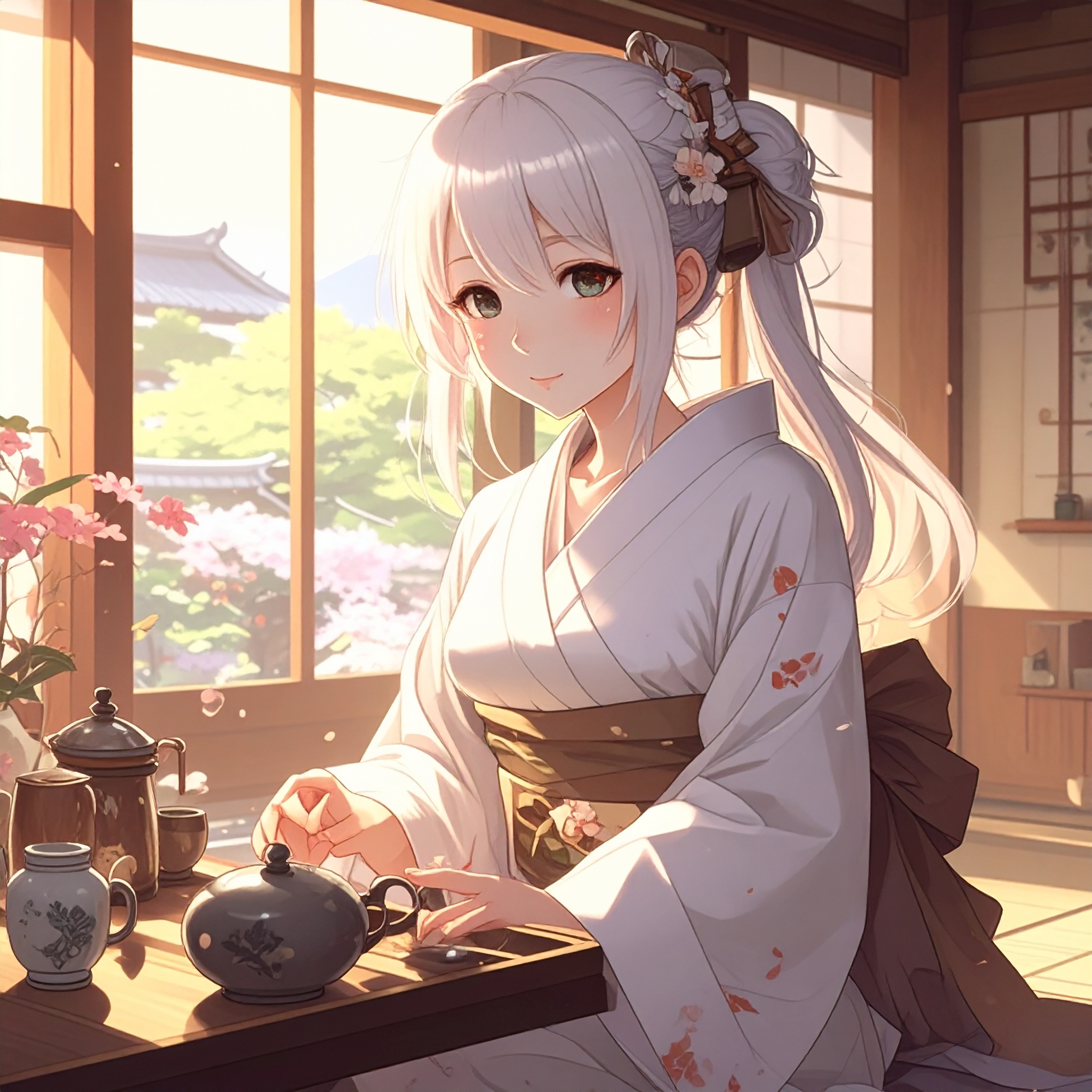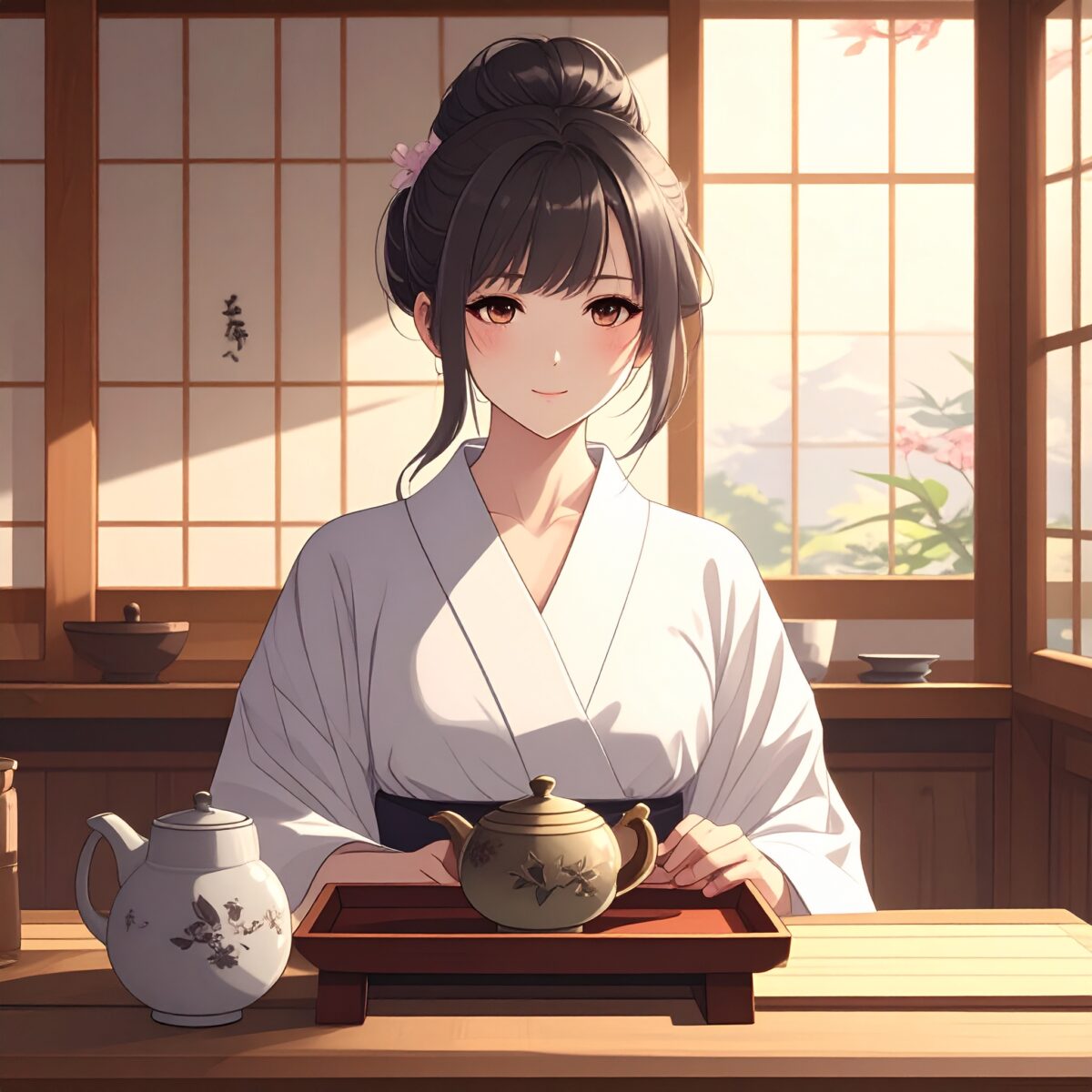When encountering Japanese culture, one of the first things many people notice is its profound stillness. This stillness is not merely the absence of sound—it is a presence, an atmosphere shaped by restraint, subtlety, and an appreciation for space and silence. It offers a moment to turn inward, rather than outward. Two of the most emblematic expressions of this quietude are Noh theater and the tea ceremony.
Noh, a world-renowned classical performing art of Japan, is characterized by its minimal movements and the beauty of silence. There are no flashy effects or loud music; the actors’ gestures are refined to their essence. Viewers focus not on grand motions or dramatic lines, but on the slightest step, the tilt of a mask, the pauses between actions. Within that stillness, deep emotion and the weight of time quietly resonate.
In Noh, the performance is not complete until the audience engages with it. It is a form that invites imagination—encouraging viewers to discover stories in what is left unsaid and unmoving. This act of participation awakens the senses and draws the viewer into a realm beyond words, where inner stillness expands.
The tea ceremony, on the other hand, is an art of bringing stillness into everyday life. From the preparation to the quiet entry into the tea room, from the deliberate movements of making tea to the contemplative appreciation of the tea bowl—each step follows a subdued rhythm, gently shaping the atmosphere. Words are few, gestures are simple. At its heart is a sense of mutual respect and self-composure.
The stillness of the tea ceremony is not one of tension or awkward silence, but of focus and kindness. A single seasonal flower, the sound of water, the texture of a tea bowl—these unassuming elements bring quiet fulfillment. It is an invitation to step away from daily noise and be fully present in the moment. Within this pause lies a richness that defines the spirit of chanoyu.

Both Noh and the tea ceremony speak little. They do not explain everything, but instead leave room—space for the viewer or guest to engage, imagine, and feel. The idea that essence lies in stillness, not in abundance, stands in stark contrast to today’s fast-paced, efficiency-driven world. Yet precisely because of this, the power of stillness is something we may need now more than ever.
Stillness is not an absence of content. Rather, it is a state in which the senses are sharpened and one becomes attuned to subtle presences. It is a readiness—a quiet openness—where the space and the self resonate in harmony. In such moments, we begin to notice the richness that resides within ourselves.
Japanese culture, through stillness, speaks powerfully. Not in loud voices, but in quiet gestures. It values calm over force, depth over surface beauty. In this approach lies the very essence of artistic expression—a way of communicating that touches the heart without overwhelming it.
By placing ourselves within stillness, we discover new ways to connect with the world. Instead of constantly seeking outward, we learn to recognize, savor, and appreciate what is already present. This practice—of awareness and gratitude—nurtures a richer, more grounded spirit.
Noh and the tea ceremony teach us that stillness is not something that appears when the outside noise fades. It is a quiet awareness that begins to expand from within.




